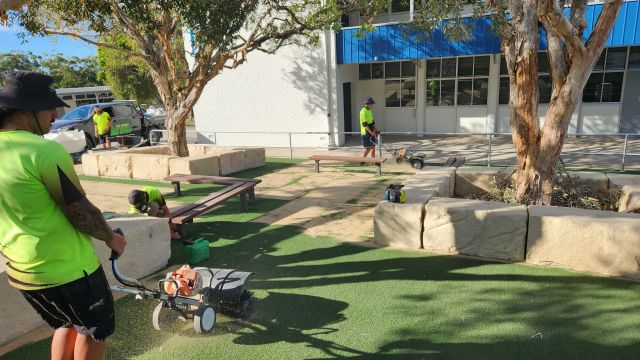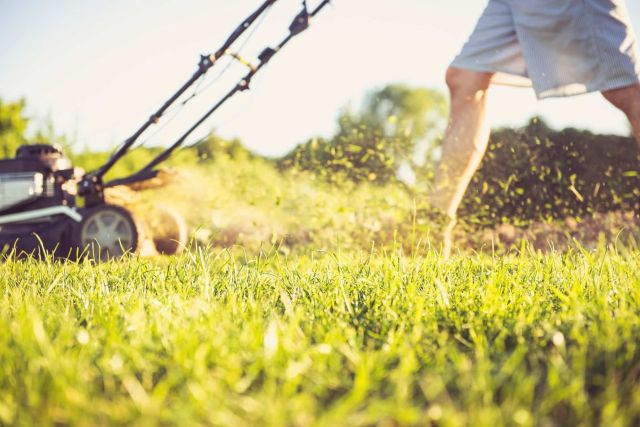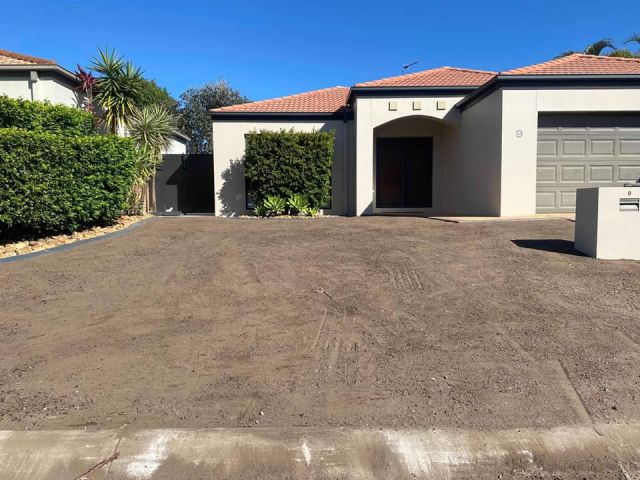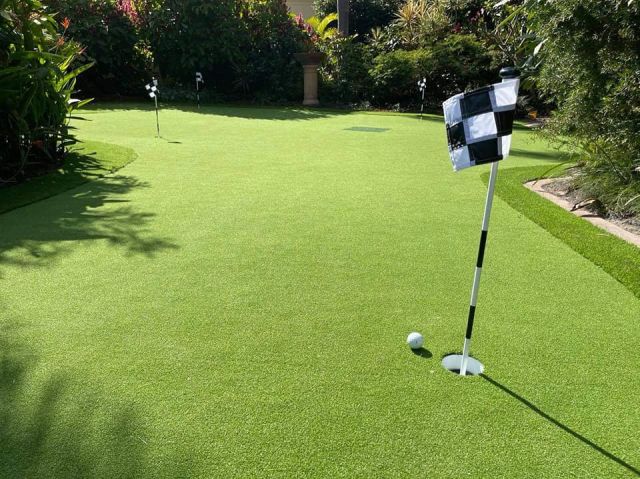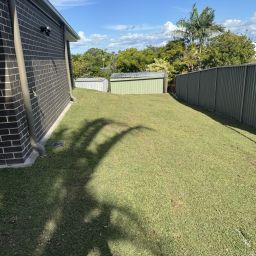
Troubleshooting Guide: Why Your Turf Won’t Grow
Are you questioning why your turf won’t grow?
There are several common reasons why your turf may not be growing properly, including poor soil quality, inadequate water or sunlight, incorrect mowing height, compacted soil, pests or diseases. It is important to address these issues to promote healthy turf growth, such as regularly aerating the soil, properly watering and fertilising, adjusting mowing practices, and addressing any pest or disease problems. Conducting a soil test can also provide insights into any nutrient deficiencies that may be hindering turf growth.
1. Poor Soil quality
To check soil quality for optimal turf growth, it is important to conduct soil tests to assess the pH levels, nutrient content, drainage, and compaction. These tests can help determine if any amendments are needed to create a healthy environment for turf growth. Additionally, monitoring soil moisture levels and ensuring proper aeration can also contribute to successful turf establishment and maintenance.
2. Inadequate Watering
Inadequate watering can significantly hinder turf growth by depriving the grass of essential moisture needed for healthy development. Insufficient watering can result in shallow root systems, dry and brown patches, increased vulnerability to pests and diseases, and overall poor turf health. It’s important to ensure proper and consistent watering practices to promote lush and thriving turf growth.
Check out our 3 Tips to Maintaining Natural turf for watering tips!
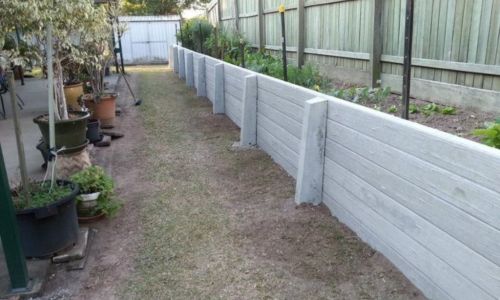
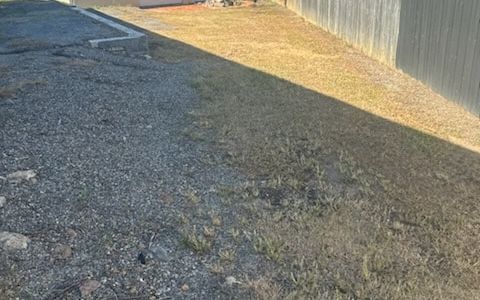
3. Shade Issues
If there are shade issues affecting turf growth, consider trimming nearby trees or plants to allow more sunlight to reach the grass. Additionally, selecting shade-tolerant grass varieties and providing proper fertilisation and irrigation can help promote healthy turf growth in shaded areas. Regularly monitoring and adjusting maintenance practices can also improve turf conditions in shaded spots.
Check out our Shade Tolerant Varieties – Palmetto Buffalo or Sir Walter Buffalo

4. High Traffic Damage
High traffic on turf areas can lead to compaction of the soil, which restricts root growth and limits the uptake of nutrients and water by the grass. This can result in thinning of the turf, bare patches, and increased susceptibility to disease and weeds.
To address these issues, practices such as aerating the soil, overseeding with more resilient grass varieties, and implementing a regular maintenance schedule can help improve turf growth in high-traffic areas.
5. Pest or Diseases
Pests and diseases can greatly impact the growth and health of turf, leading to issues such as thinning grass, discoloration, and even death of the turf. It is important to closely monitor and address any signs of pests or diseases promptly to prevent further damage and promote healthy turf growth.
This may involve implementing proper care practices, using appropriate treatments, and potentially seeking professional assistance if needed.
6. Incorrect Turf Selection
If the wrong turf variety was planted on the property, it could lead to growth issues such as poor adaptability to the climate and soil conditions, increased susceptibility to pests and diseases, and inadequate coverage. To address this problem, it may be necessary to replace the existing turf with a more suitable variety that is better suited to the specific conditions of the property to promote healthy and thriving growth. Conducting a soil test and consulting with a turf expert can help in selecting the right variety for optimal growth.
At All About Turf, we are here to assist you with maintaining your lawn. Give us a call on 1300 228 873 if we can assist you with identifying any issues with your lawn.
Check out our Facebook here to see recent Projects


